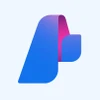Different Types of Mobile Application Examples & Functionalities

Summary: From social media apps to gaming apps, there seems to be an app for everything these days. The various types of mobile applications serve different purposes and cater to the diverse needs of users. Let’s take a look at them!
Mobile applications have become an indispensable part of our lives in today’s digital age. From ordering food to booking a cab, everything can be done through a simple tap on your smartphone screen.
The demand for mobile applications is growing every day, and developers are constantly innovating to meet the needs of users. However, mobile applications come in different types and offer various functionalities depending on their purpose.
In this article, we will explore different types of mobile applications and their functionalities to give you a better understanding of what they do and how they work.
What is a Mobile Application?
A mobile application is a software program or software that is specifically designed to operate on mobile devices such as smartphones, tablets, and smartwatches. Such applications can be downloaded and installed from app stores or other online platforms. The apps are intended to offer users various functionalities such as entertainment, communication, productivity, etc.
Mobile applications can also be called a web app, online app, iPhone app, or Android app, depending on the platform it is built for.
Types of Mobile Application Examples and Functionality
If a business or a developer wants to build an app, then they must be aware of the types of mobile examples and their functionalities.
We will discover the major differences between these types of apps and also how they are taking your business to the front foot. The different types of mobile applications are:
Native Apps
Native apps are the most used mobile apps. These are specifically developed for a particular mobile operating system, such as iOS or Android.
These apps ensure high performance through seamless integration with the device’s hardware and software capabilities. For example, they take advantage of the device’s features, such as camera, GPS, storage, RAM, etc.

Technology Used: These apps are built using programming languages like Swift or Objective-C for iOS and Java or Kotlin for Android. Some other programming languages for native app development are C++, C#, Python, etc.
Features Of Native Apps
- Native OS Support: The primary feature of Native apps is that they are built for a particular OS (Operating System). For example, you cannot use iOS apps on Android or Blackberry devices.
- Offline Access: These apps store their data on users’ devices. That’s why they often come with offline access functionalities. For example, you can download any YouTube video and watch it when you don’t have access to the internet, or you can play mobile games without an internet connection.
- Access to Device Features: Native apps can take advantage of all of the device’s features, such as its camera, microphone, accelerometer, and so on. For example, Paytm uses your device camera to scan QR codes and make payments.
- Great User-experience: Native mobile applications are designed with platform-specific user interface (UI) elements. It provides a familiar and intuitive experience to users. The UI can be designed to match the platform’s guidelines, resulting in a seamless and engaging experience.
- Optimal Security: Native apps benefit from security measures implemented by the underlying device. They take advantage of and work with the built-in security features of your device. For example, these apps can work under the security policies of devices like Knox Security by Samsung or ThinkShield by Motorola.
Pros and Cons of Native Apps
- Instant and easy app update
- Easy to launch and deploy
- Faster and better performance
- Takes device space
- High cost of regular updates
Examples: WhatsApp, Instagram, PUBG, CandyCrush, Uber, etc.
Web Apps
As the name suggests, Web Apps are applications that are hosted on the web and do not require an installation to use it. They are built with web technologies in mind and can be accessed across multiple platforms.
These apps behave and function similarly to the Native Apps; it’s just that they are not standalone applications.
Technology Used: The most common and popular language for web app technology is JavaScript. Some other programming languages are CSS, HTML5, Ruby, etc.

Features of Web Apps
- Cross-Platform Compatibility: Web applications can be easily accessed through different web browsers and operating systems. They ensure compatibility across various platforms and devices.
- Integration Features: Web apps have the ability to integrate with various third-party apps and services. For example, you can seamlessly integrate Grammarly with Google Docs.
- Easy Maintenance and Updates: Web applications can be updated and maintained from a central location. They reduce the need for individual installations or manual updates, making it easier to add new features and fixes.
- Scalability: These apps are designed to handle a large number of users and data and are scalable to accommodate growing user demands without compromising performance.
- Simple and Interactive User Interface: Web applications provide a visually appealing and interactive user interface. They allow users to easily navigate and interact with the application’s features and functionalities.
Pros and Cons of Web Apps
- Works with multiple OS and devices
- Easy maintenance
- No storage limitations
- Relies completely on the internet connection
- High development and management cost
Examples: Google Docs, DropBox, Pinterest, etc.
Hybrid Application
Hybrid apps are a combination of both web and native apps. They are developed using web technologies and then wrapped within a native container. These are basically web apps that are designed to resemble and function similarly to native apps.
They mimic the appearance of native apps with features like a home screen app icon, responsive design, and fast performance. However, it’s important to note that they are still fundamentally web applications.
Technology Used: Hybrid apps combine web technologies with native APIs. They are built using various tools and languages, such as HTML5, Ionic, Swift, Objective C, etc.
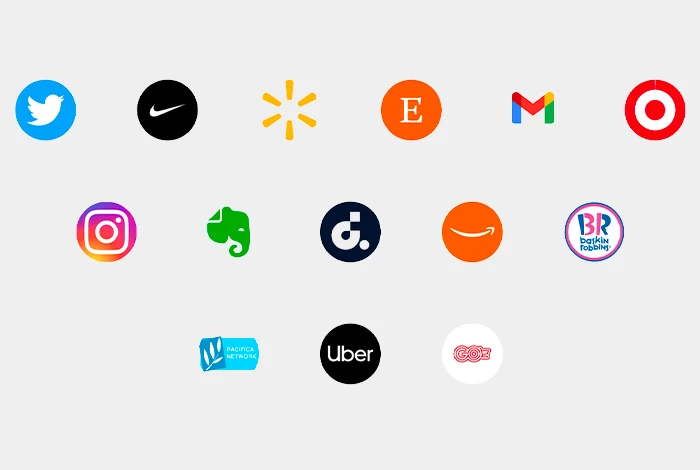
Features of Hybrid Applications
- Native app-like performance: Hybrid applications leverage the power of native device functionalities. This helps them to deliver high-performance experiences similar to native apps.
- Cross-Platform Compatibility: Hybrid apps are designed to work seamlessly across multiple platforms, such as iOS and Android, ensuring wider audience reach.
- Scalability: Hybrid applications can quickly scale to accommodate a growing user base or increased demand, thanks to their ability to leverage both native and web components.
- Access to device features: Similar to Native, hybrid applications can access a wide range of device features, such as cameras, GPS, contacts, notifications, etc.
- Easy maintenance: As hybrid apps have a single codebase, updates, and bug fixes can be implemented once and deployed across platforms, simplifying maintenance efforts.
Pros and Cons of Hybrid Applications
- Easy to maintain due to a single codebase
- Cheaper and quicker to build
- Less customization
- Complex debugging process
Examples: SoundCloud, Evernote, Gmail, Amazon App Store, etc.
Progressive Web Apps (PWAs)
A Progressive Web App (PWA) is a website that resembles and functions like a mobile app. It utilizes the capabilities of mobile devices without the need for users to go through app stores, pay for downloads, or install software on their devices.
Instead, PWAs can be easily found through search engines and accessed instantly through web browsers.
Technology Used: PWAs are built using standard web technologies like CSS, HTML, WebAssembly, and JavaScript.
Features of Progressive Web App
- Responsive Design: Progressive Web Apps can adapt to different screen sizes and devices, providing a seamless experience across desktops, tablets, and smartphones.
- App-Like Experience: These apps offer an app-like interface and navigation, allowing users to interact with them similarly to native mobile applications. This enhances the user experience.
- Fast Loading Speed: These apps leverage caching and other optimization techniques to load quickly. This speediness helps businesses improve user retention.
- Push Notifications: PWAs can send push notifications to users’ devices, even when those are inactive. This feature enables timely updates and engagement.
- Discoverability and Shareability: Thay are discoverable through search engines and can be easily shared via URL links.
Pros and Cons of Progressive Web App
- No need to install any app or software to use it
- Quick and easy to develop
- Easily adaptable to devices with a browser
- Consumes a lot of device battery
Examples: Starbucks, Soundslice, MakeMyTrip, Flipkart, etc.
Industry-Specific Types of Mobile Applications
Let’s explore some of the best industry-specific types of mobile applications and how they cater to the unique demands of various sectors.
- Social Media Apps
Social Media Apps are the most favorite apps in the world. With billions of users and traffic, they have become an integral part of our daily lives. That’s why it is crucial for these apps to deliver a seamless and enjoyable experience while constantly evolving to provide new and exciting features.
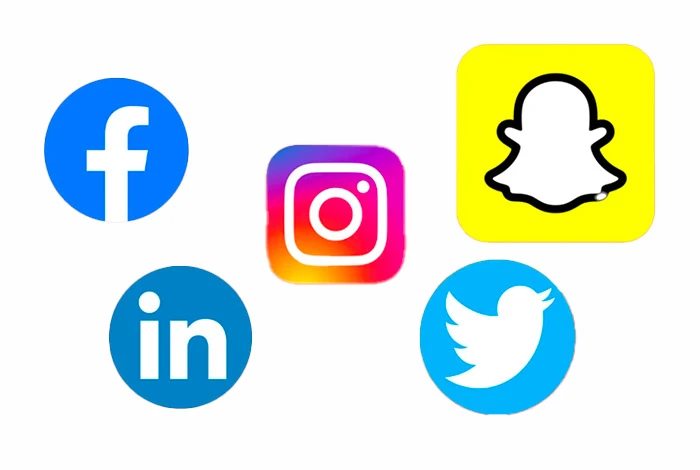
Some of the Social Media Apps are:
- Utility Apps
Utility apps are designed to simplify and enhance our day-to-day tasks, yet we often overlook their existence. These apps mostly come within the device and serve basic features. These apps require less space and integrate with device’s own hardware and software features.
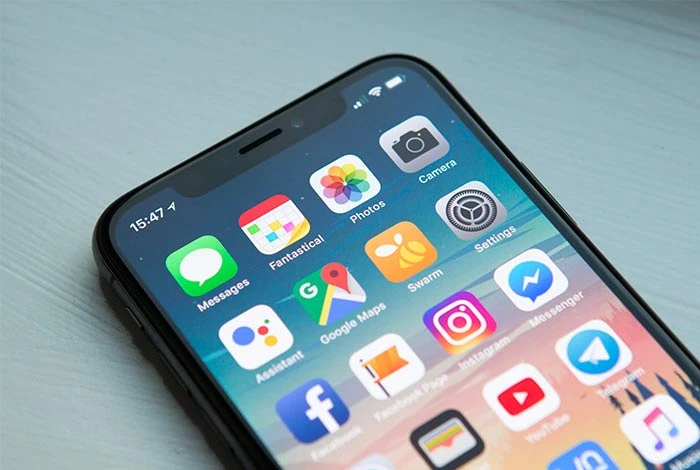
Some of the Utility Apps are:
- Camera
- Calculator
- Flashlight
- Calendars
- Lifestyle Apps
In recent years, there has been a significant rise in the popularity of lifestyle apps. These apps are designed to enhance and facilitate various aspects of your life.
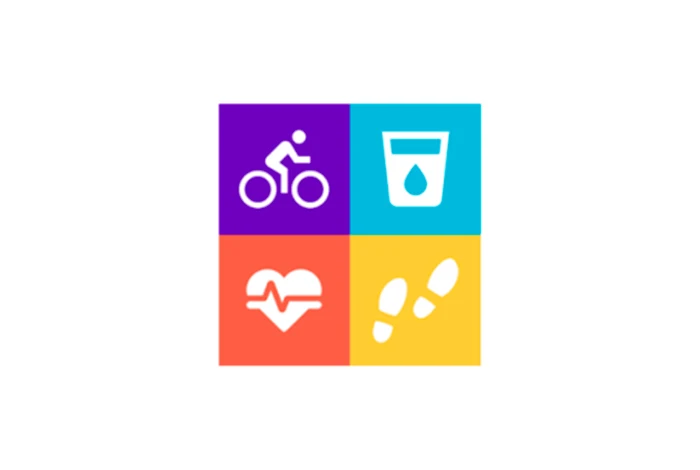
They encompass a wide range of mobile applications that cater to different areas of your life, such as:
- Fitness- Fitbit, Google Fit
- Dating- Tinder, Bumble
- Food- Zomato, Swiggy
- Shopping- Amazon, eBay
- Productivity Apps
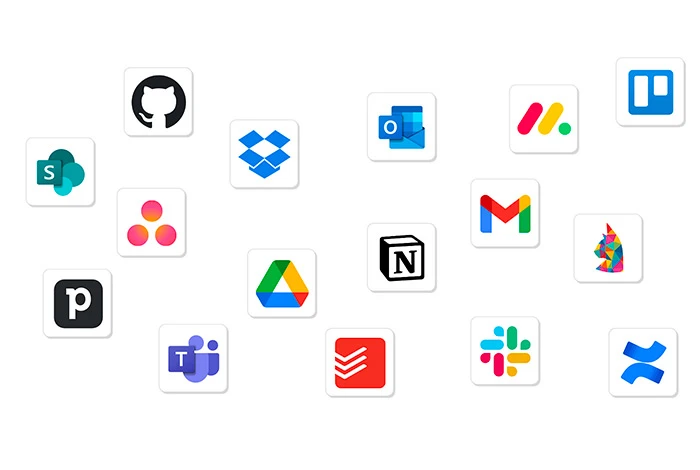
Productivity apps aim to boost efficiency and organization, helping you to manage your work and personal tasks effectively. These apps are often provided by large organizations to help you with your day-to-day professional work.
Examples of productivity apps are:
- Gaming & Entertainment
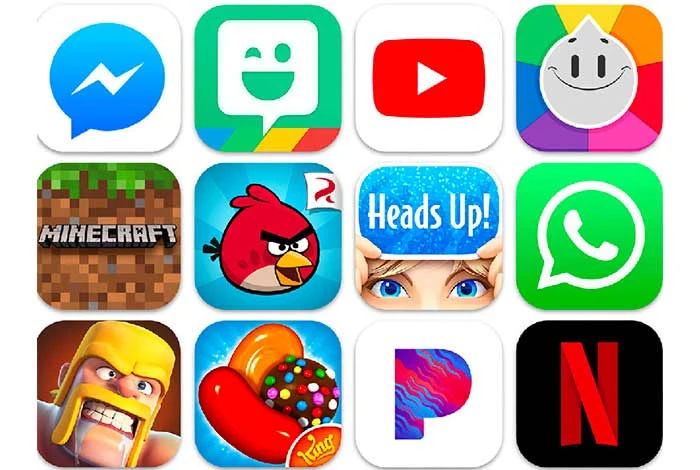
This is a huge industry with a lot of competition. From casual games to immersive role-playing games and streaming entertainment on the go, gaming and entertainment apps have taken their place strongly.
Some of the best Gaming & Entertainment apps are:
- Netflix
- Subway Surfers
- Hulu
- Hotstar
- COC
- News
Mobile apps dedicated to news keep us informed about the latest happenings in the world. They offer personalized news feeds, breaking news alerts, and multimedia content. These apps ensure that we stay updated and well-informed.
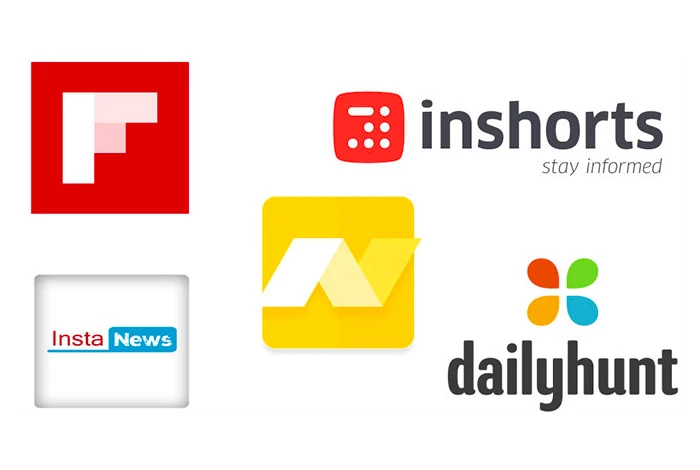
The most popular news apps are:
- Google News and weather
- Aaj Tak
- BuzzFeed
- Feedly
- Inshorts
Compare Types of Mobile Application in Detail
| Mobile Application | Native | Hybrid | Web | Progressive Web |
| Development Technology Used | Swift, Java,Kotlin, etc. | HTML5, Ionic, Swift, etc. | CSS, HTML5, Ruby, etc | CSS, HTML, WebAssembly, etc. |
| Distribution | Play Store or App store | Both App store and web browsers | Web browsers | Web browsers |
| Cross-platform support | No | Yes | Yes | Yes |
| Security | High | Moderate | Low | Low |
| Cost | High | Minimal | Low | Low |
| Updates | Manual | Automatic or Manual | Automatic | Automatic |
| Examples | PokeMon Go, Instagram, Spotify, etc. | Evernote, Gmail, Amazon App Store, etc. | Google Docs, DropBox, Drive, etc. | StarBucks, Soundslice, MakeMyTrip, etc. |
Conclusion
Overall, the world of mobile applications is constantly evolving with new technological advancements and innovations. As we move forward into the future, it will be exciting to see how mobile applications continue to shape and enhance our daily lives and how businesses can leverage them to reach their full potential.
FAQs
What are the types of mobile applications?
Different types of mobile applications are Native, Hybrid, Web, and Progressive Web.
What are the primary types of mobile applications?
The primary types of mobile applications are Native Apps, Hybrid Apps, and Web Apps.
What does mobile application mean?
Mobile Apps refers to a software program specifically designed to run on mobile devices such as smartphones or tablets. It offers users various functionalities, services, or entertainment options, enhancing their mobile experience.
What are the common examples of apps?
Some common examples of apps on any mobile device are Instagram, PUBG, CandyCrush, Netflix, etc.
Which types of mobile apps can be used by businesses?
Businesses can use mobile apps like e-commerce apps, social media apps, lifestyle apps, etc. For example, Amazon, Myntra, and Instagram.
Which industries are using mobile apps?
There are various industries that use mobile apps. Some of the most famous industries are Finance, Education, Entertainment, Gaming Industries, and many more.
Shubham Roy is an experienced writer with a strong Technical and Business background. With over three years of experience as a content writer, he has honed his skills in various domains, including technical writing, business, software, Travel, Food and finance. His passion for creating engaging and informative content... Read more







